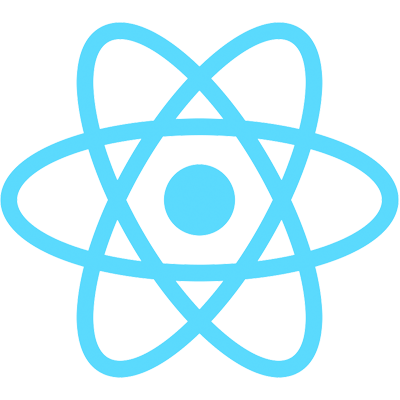Outline
-
Boost Your React Apps with Apollo: First Steps
- Series Introduction
- What are GraphQL and Apollo?
- A Note on the Beta
- Course Repository Overview
- Meet GraphQL Playground
- Create a Client and Install Apollo
- Prettier and Apollo GraphQL for VS Code
- Set Up Apollo with React
- Your First Query
- Test the Query in the Browser
- Exercise: Modify Query
- Solution & Next Steps
-
Boost Your React Apps with Apollo: Fetching & Updating Data
- Tutorial & Code Overview
- Adding Total Points to the Habits Query
- Create Data with Mutations
- Use the Mutation in the UI
- Exercise: Use Error and Loading in the UI
- Solution: Use Error and Loading in the UI
- Refetching Queries after Mutations
- Exercise: Delete Habits with Refetching
- Solution: Delete Habits with Refetching
- Fixing a Concurrency Bug by Awaiting Refetch Queries
- What's Next
-
Boost Your React Apps with Apollo: Beyond the Basics
- Tutorial & Sample Code Overview
- Updating the UI When a Mutation Completes
- Exercise: onCompleted
- Solution: onCompleted
- Introduction to Caching in Apollo
- Updating Apollo's Cache after Adding a Habit
- Exercise: Updating the Cache after Deleting a Habit
- Solution: Updating the Cache after Deleting a Habit
- Retching vs Caching
- Polling the Server
- Calling Queries Manually with useLazyQuery
- Fixing Adding and Deleting Entries
- Fragments
- Reusing Fragments
- Exercise: Use Fragment with Entries Query
- Solution: Use Fragment with Entries Query
- Where to Go Next
Outline
-
Boost Your React Apps with Apollo: First Steps
- Series Introduction
- What are GraphQL and Apollo?
- A Note on the Beta
- Course Repository Overview
- Meet GraphQL Playground
- Create a Client and Install Apollo
- Prettier and Apollo GraphQL for VS Code
- Set Up Apollo with React
- Your First Query
- Test the Query in the Browser
- Exercise: Modify Query
- Solution & Next Steps
-
Boost Your React Apps with Apollo: Fetching & Updating Data
- Tutorial & Code Overview
- Adding Total Points to the Habits Query
- Create Data with Mutations
- Use the Mutation in the UI
- Exercise: Use Error and Loading in the UI
- Solution: Use Error and Loading in the UI
- Refetching Queries after Mutations
- Exercise: Delete Habits with Refetching
- Solution: Delete Habits with Refetching
- Fixing a Concurrency Bug by Awaiting Refetch Queries
- What's Next
-
Boost Your React Apps with Apollo: Beyond the Basics
- Tutorial & Sample Code Overview
- Updating the UI When a Mutation Completes
- Exercise: onCompleted
- Solution: onCompleted
- Introduction to Caching in Apollo
- Updating Apollo's Cache after Adding a Habit
- Exercise: Updating the Cache after Deleting a Habit
- Solution: Updating the Cache after Deleting a Habit
- Retching vs Caching
- Polling the Server
- Calling Queries Manually with useLazyQuery
- Fixing Adding and Deleting Entries
- Fragments
- Reusing Fragments
- Exercise: Use Fragment with Entries Query
- Solution: Use Fragment with Entries Query
- Where to Go Next
In this video, I show you how to add more data to our query and add it to the UI.
First, we can check out GraphQL Playground and update our query to this:
// App.js
const HABITS_QUERY = gql`
query HABITS_QUERY {
habits {
id
description
points
entries {
id
notes
date
completed
}
}
}
`;
Then, we can update the UI to display that new data:
function App() {
const { data, loading, error } = useQuery(HABITS_QUERY);
if (loading) {
return <p>loading...</p>;
}
if (error) {
return <p>Ruh roh! {error.message}</p>;
}
return (
<>
<h2>Habits</h2>
<ul>
{data.habits.map((habit) => {
return (
<li key={habit.id}>
{`${habit.description} (${habit.points} points)`}
<ul>
{habit.entries &&
habit.entries.map((entry) => {
const date = new Date(entry.date).toLocaleDateString();
const completed = entry.completed ? "✅" : "😑";
return (
<li
key={entry.id}
>{`${date}: ${entry.notes} (${completed})`}</li>
);
})}
</ul>
</li>
);
})}
</ul>
</>
);
}
export default App;
You're now set up to really get going with Apollo. But what about adding habits or entries? Or modifying or deleting them? We'll tackle that in the next tutorial!

